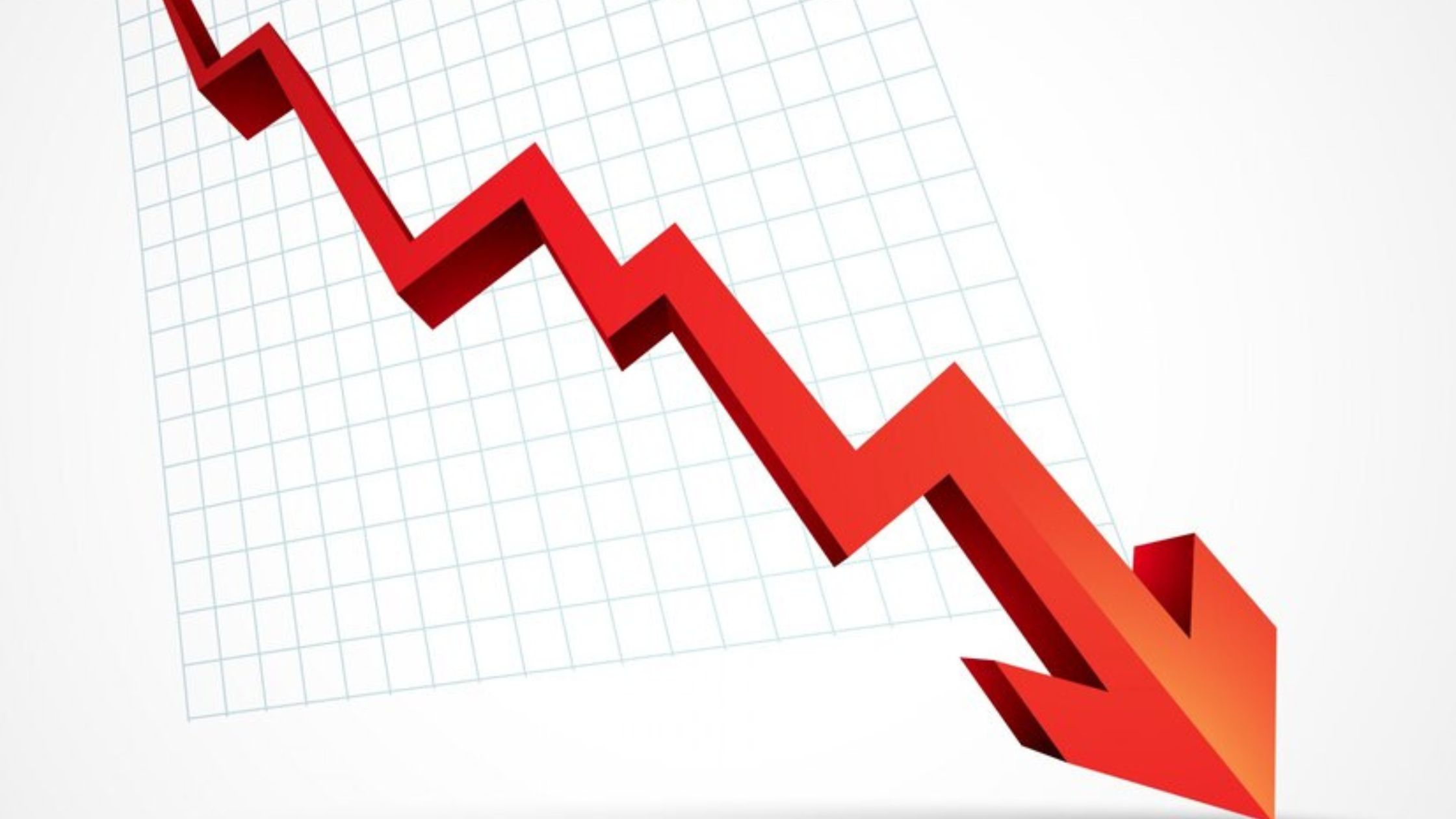The benefits the CRE industry provides the investors, no doubt, are pretty high. This is the primary reason why more and more people are planning to invest in properties to earn a good return. But it is not as simple as it looks.
The investors need to perform thorough market research to know about the top-performing areas to invest the money there to earn the returns that will result in higher profit. Performing proper analysis, getting the funding for the investment, etc., are some of the vitals the investors have to look after before investing in a specific area.
The pandemic has brought in a significant shift in the industry. But some areas were quite popular as investment hotspots before. As a result, they make up to be a great option even now. Phoenix is one such popular destination for investors to earn significant returns.
It’s all because of the favorable demographic trends, robust job expansion, great environment, etc., that Phoenix has now become a hotspot for economic growth in recent years. This is why the commercial real estate market, be it the multi-family sector or the industrial unit, is now bursting with activities in the area.
Over the last couple of years, the valley has seen some of the most significant investments, including a $12 billion investment in Deer Valley, Ariz., made by Taiwan Semiconductor Conductor Co. In the current scenario, almost every submarket in the greater Phoenix has become a primary industrial development site during the first quarter.
For example, it was seen that the South Korea-based LG energy solutions revealed its plan to invest $2.8 billion in an advanced manufacturing plant in Queen Creek, Ariz. It is expected that the plant will be completed by the year 2024 and will add about 2800 jobs to the region.
Undoubtedly, the job growth and the large commercial investments are bringing in significant demand for housing in the area.
Thus the phoenix multi-family market has become a substantial hotspot for developers and investors. The multi-family market herein has experienced quite an increase with a record-setting growth during the last year. All the factors result in a rent increase annually and a steady occupancy throughout the region.
Also, it was noted that about 9500 units came online in 2021, just through November. This represents a new decade high. While the investment volume also rose over the previous week, and now it has reached $10.6 billion.
The demand for the properties in Phoenix continues to grow and will likely be a significant investment hotspot for investors in the coming years. This is why investing now will bring a lot of benefits.
If you doubt the investment, the guide will provide details as to why Phoenix has now become a hotspot for multi-family investments. So check this out to know why investing in CRE market in Phoenix is the best for you.
Investing in Phoenix
Sometimes, a specific region turns out to be a significant investment hotspot for investors. For example, for the last few years, Phoenix has become an essential source of investment and origin, where investing in multi-family properties will come with many benefits.
Investors who understand the market condition have already invested their money in multi-family properties and even started earning a great return. While those who are unaware still need to understand the benefits and why investing in the region will benefit them.
Rapid rent growth increase in development and investment
During the first quarter of 2022, Phoenix no doubt happened to be the momentum. The Northmarq report states a lot about investments made in the region. The Western velocity noted during the first three months of 2022 no doubt exceeded the pace established in 2021 during the same period.
Further total dollar volume also grew by 40% in the region. The average sale price reached about $270,000 for units, which is 22% higher than last year. The rents are still going upward, and the focus is expected to remain on the multi-family.
As there was a great wave of high deliveries during the second half of 2021, the completions which were to be made for the current year were slowed out during the first quarter of 2022. However, the development pipeline remains strong and healthy, with about 29000 under construction by the end of the first quarter.
This is about a 20% year-over-year increase. If the developers remain on the same track, it is forecasted that there will be about 14500 units ready by the end of 2022.
Vacancy pressure
No doubt there is a great demand for housing in Phoenix, but the new delivery has now outpaced absorption. This has put tremendous pressure on the vacancy rates. It was noted that the overall vacancy rate had significantly increased by 50 bases point during the first quarter, which reached about 4.8%.
At the same time, the vacancy rate year over year was up by 30 basis points. Despite the change, the rates remain lower than the 5.2% average since the start of 2017. The wave of new deliveries now is putting pressure on luxury properties.
The Class A vacancy scores at about 5.9% during the end of the first quarter, which was about 130 base points over the year. This is not bad news. The upscale units in the market typically can average between 6% and 7%.
The vacancy rates are still low enough to support the continued increase in rentals. The rent was noted to grow by 2.5% during the first quarter. Also, it experienced a 27% uptick on a year-over-year basis.
The continued population growth in the region due to all the residents relocating from the expensive California market will likely lead to rent growth in the coming time.
Why consider Phoenix?
There are multiple reasons why investment in phoenix multi-family will result in significant returns and benefits for the investors. Mentioned here are some of them.
Population growth
The population in the area increased considerably during the last few years. The appealing climate, job growth, lack of natural disasters, etc., has drawn companies and individuals to the area.
As many people are now working from home due to the pandemic, the office spaces no doubt have been significantly affected, but the continued population boom also means multi-family growth is required to meet the demand.
Business-friendly environment
The government is now coming up with new plans and strategies to create a business environment in Arizona states. Thus the companies are now continuing to choose Phoenix as their headquarters.
Some of them are relocating in the middle due to the pandemic situation. No doubt, population growth has slowed since early January. Still, the elements that have already created an environment ensuring the business can thrive in the area are not expected to go anytime soon.
So the opportunities can powerfully bring in tax benefits and other potentials, which will work well for the investors and the people living over there.
Operationally friendly
Arizona has got fair rental laws and supportive legislatures. Further, they do not have any rental controls. So a rent increase recently will be directly related to the strong rental market. As there are no restrictions on the rental rates, the market can be quite beneficial for investors.
Herein evictions were never opted for by any of the tenants or the owner. Still, if the tenant isn’t paying the rent as agreed upon, there is a straightforward process for the owner to notify the resident in the first two days after the rent payment is missed.
If the tenant is still not making the payment, then the owner can regain the apartment control within 30 days.
Higher return
During the last few years, the Phoenix market has topped the list of high returns on multi-family investment. Even in the previous few years, it was seen that it resulted in a total return of about 70%.
Based on apartment housing, there has been a lot more demand than ever. Millennials are undoubtedly a significant factor here as they showed about an 11% increase in the Phoenix metro. So it is expected that the rental will increase in Phoenix in the coming years.
Conclusion
There are a lot of markets where investors can put in their money to get good returns. However, performing a market analysis is vital and understanding which type of market will work the best for you.
As a new investor in the industry, it can be tough and challenging to handle all aspects and decide. Taking help from professional private commercial lender will work the best. Private Capital Investors is the one to take support from.
They have experienced professionals who will help you understand the current job market and get the required assistance to invest. No matter whether you need help for funding the investment or simply want to understand the market, the experts will be there to guide you with all.





